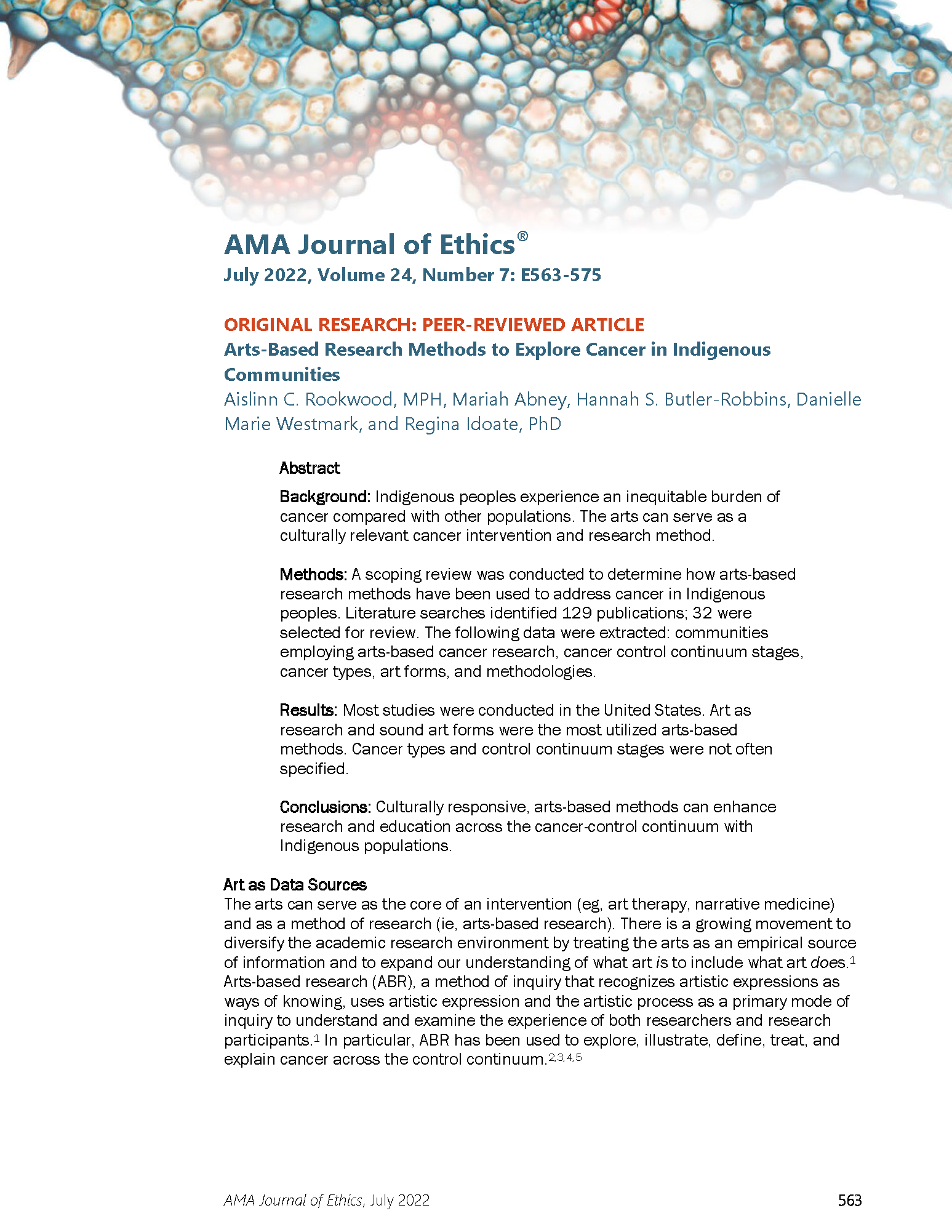Cancers
Cancer consists of a group of diseases that can originate in any organ or tissue of the body and occurs when abnormal cells grow uncontrollably. Types of cancers include breast cancer, liver cancer, prostate cancer, skin cancer, and lung cancer. Cancer places enormous physical, emotional, and financial strain on individuals, families, communities, and the health system. Cancer is the second leading cause of death globally. In the U.S alone., more than 602,000 people died of cancer in 2020 and over 1.5 million new cancer cases were reported. While screening and treatment options for cancer have progressed significantly, and treatments include radiation therapy, chemotherapy, and immunotherapy, there is no cure for the disease. It also remains one of the most expensive diseases to treat, with national costs for cancer care reaching $190.2 billion in 2015.
Although cancer affects people of all ages, races, and sexes, certain groups are disproportionately burdened by the disease. Black women are more likely than white women to die from breast cancer; Black men have the highest prostate cancer mortality among all races/ethnicities, and Latino and Black women have higher rates of cervical cancer than women in other racial/ethnic groups.
Many kinds of cancers can be prevented or treated effectively if caught early. Contributing factors to cancer include cigarette smoking, vaping, exposure to the sun, obesity, excessive alcohol use, and infectious diseases such as HPV, and more. Determinants of health play a major role in contributing factors and cancer outcomes. Access to preventative care such as cancer screenings and life-saving treatments are significantly impacted by social, environmental, and economic factors. For example, those living in rural communities and lower socioeconomic populations are less likely to have access to screening and care. The seven vital conditions for well-being, such as access to reliable transportation, a thriving natural world, and humane housing can influence cancer prevalence and mortality.
Improving access to preventative care and treatment, as well as addressing upstream contributing factors and determinants of health can reduce physical, emotional, and financial burden of cancer. Incentivizing healthy choices, providing cancer education, and shifting the focus of prevention from the individual to a broader, population-level approach will reduce the number of cancer diagnoses in the U.S. and reduce the overall burden. Community efforts to reduce cancer cases can include public health initiatives, such as mandates for early cancer screening, health education on cancer, and community-level interventions, such as support and advocacy groups.
Resources & Tools
Interactive Summary Health Statistics for Adults
Resource - Data Bank/repository
Brought to you by CDC National Center for Health Statistics
Small Area Estimates For Cancer-Related Measures
Resource - Data Bank/repository
Brought to you by NCI
Addressing Cancer Disparities Through Community Engagement: Lessons and Best Practices
Resource - Journal Article
Interactive Summary Health Statistics for Adults, by Detailed Race and Ethnicity
Resource - Data Bank/repository
Brought to you by CDC National Center for Health Statistics
Bright Spot: North Carolina Breast and Cervical Cancer Control Program (NC BCCCP)
Resource - Model Policy
Brought to you by 100MHL
Arts-Based Research Methods to Explore Cancer in Indigenous Communities
Resource - Journal Article
Brought to you by AMA
Related Topics



 Original
Original








.jpg)




.jpg)









